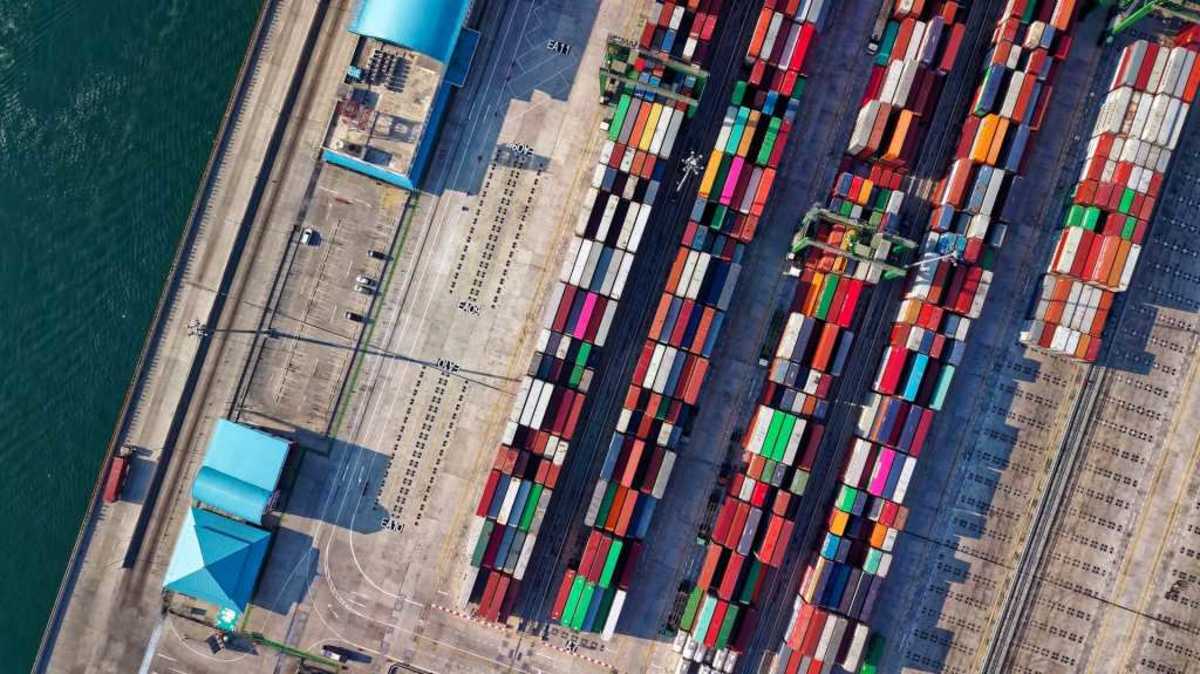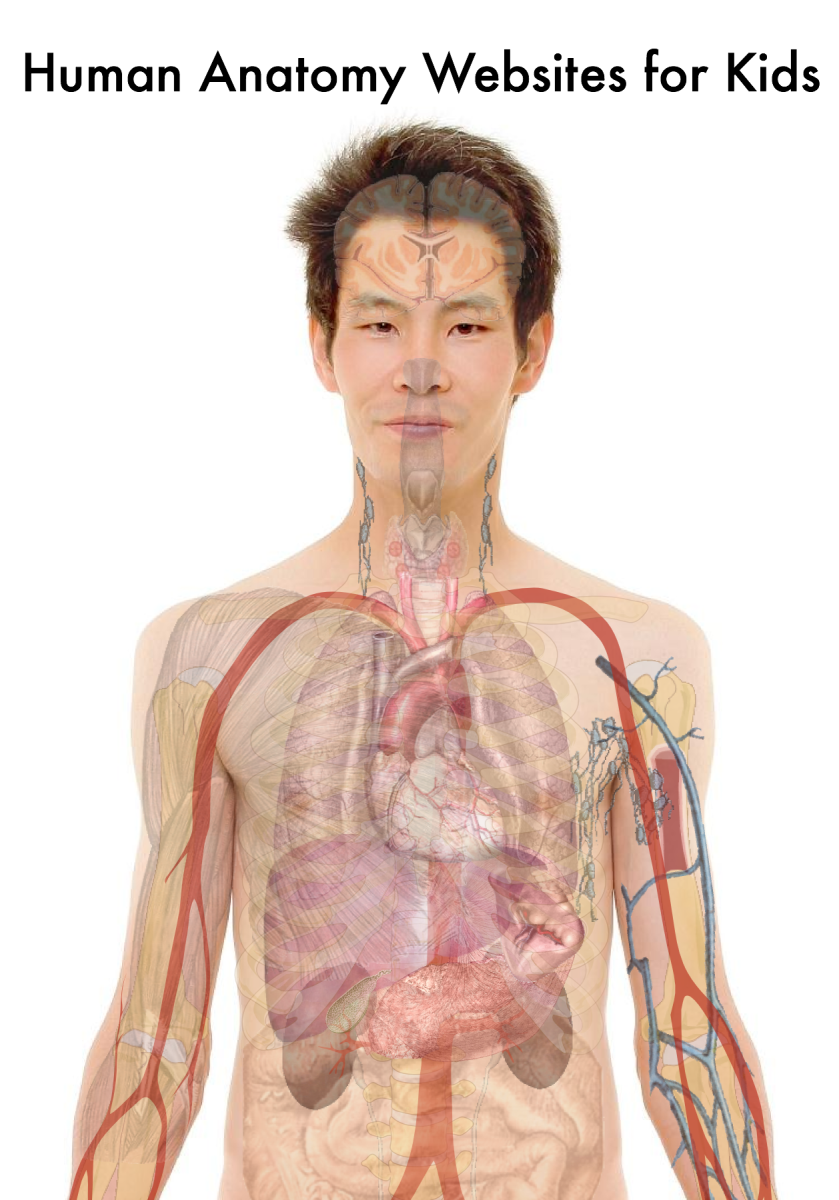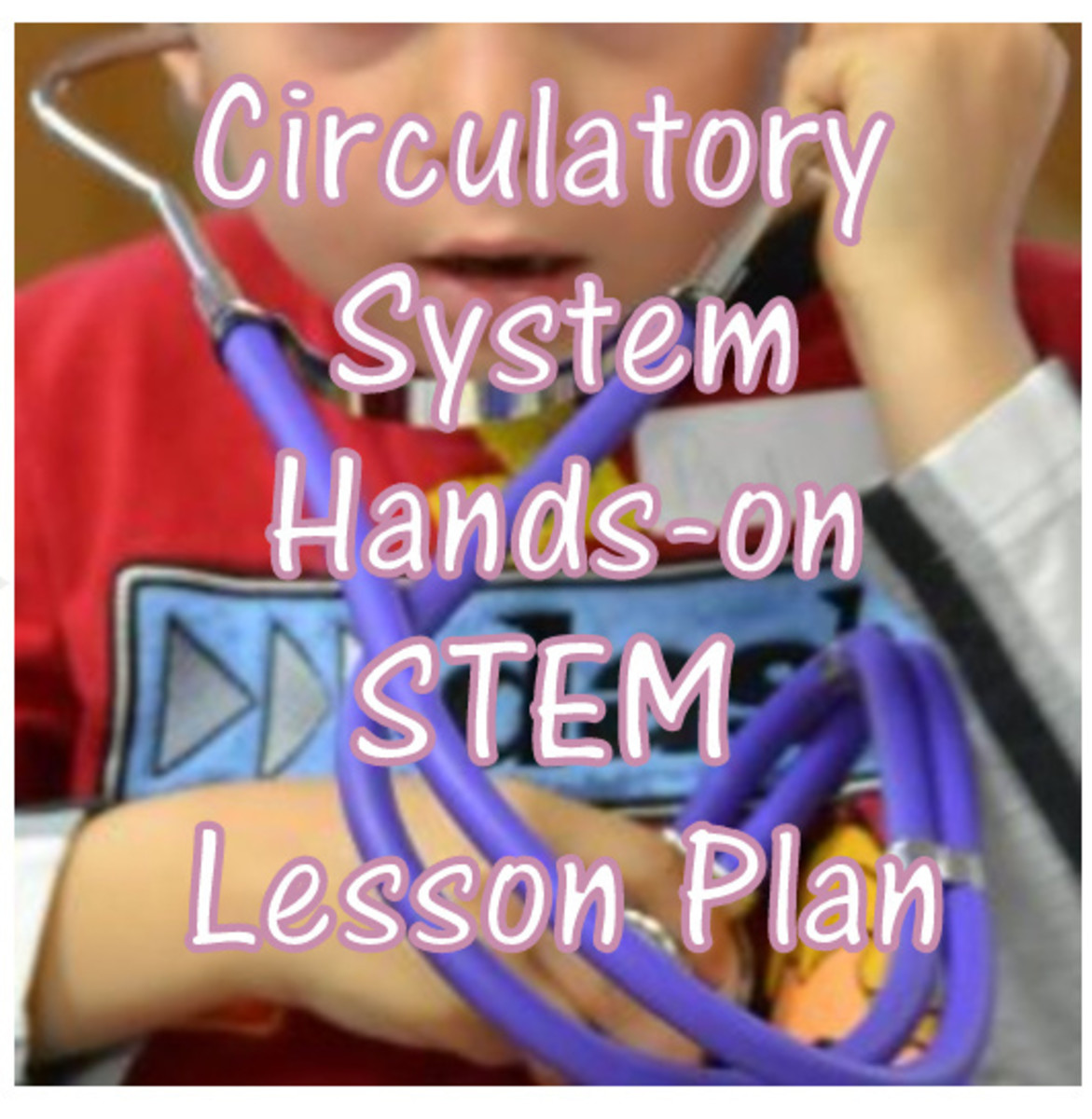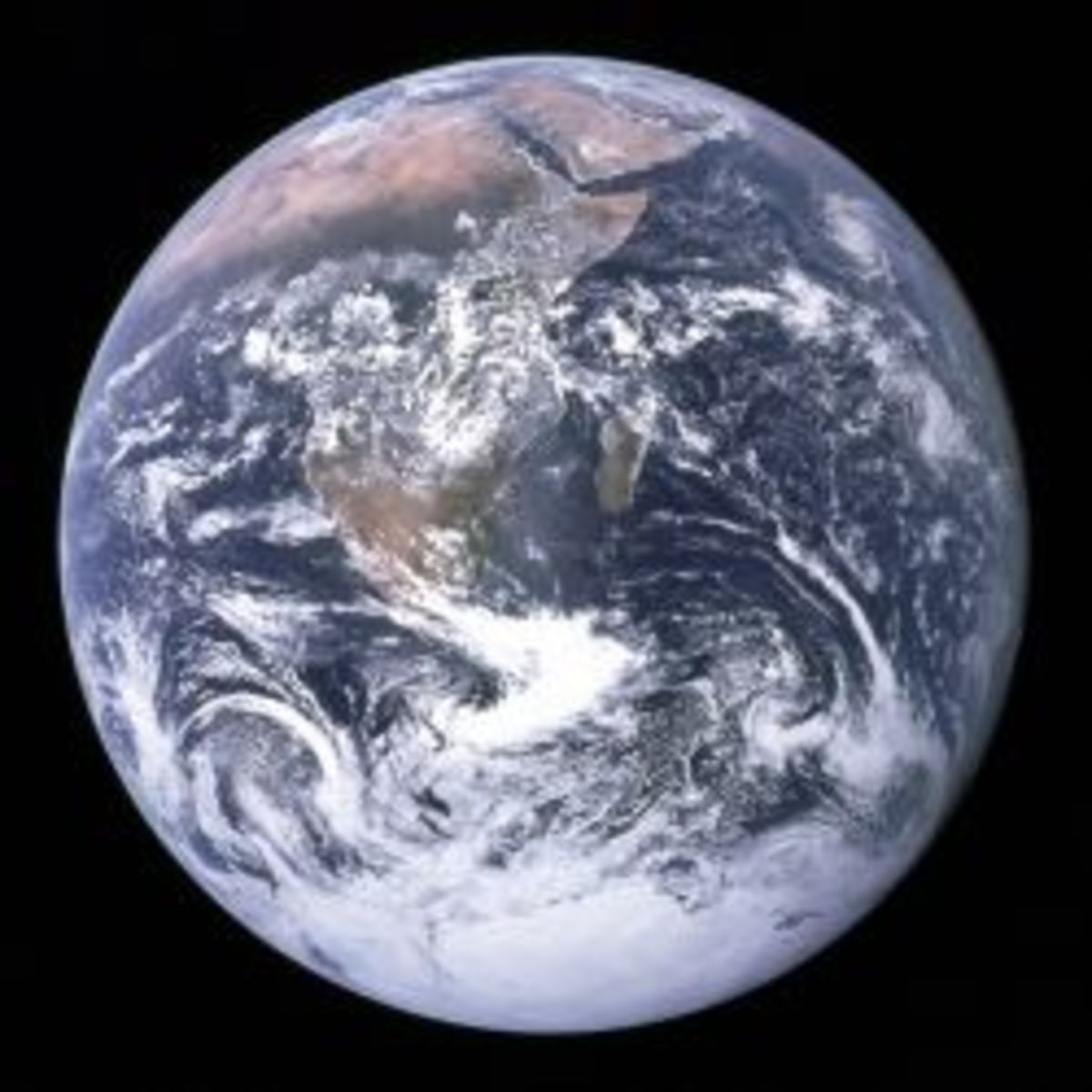Transport Systems
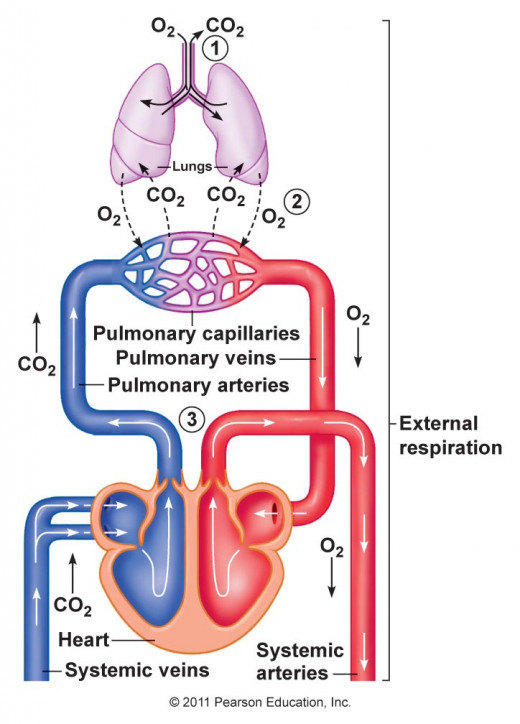
What happens if the transport system in a state goes on strike? we will face lot of problems for various types of goods like food grains, vegetables, fruits, medicines, fuel etc., The production or manufacture is done in different places and then they are transported to various places. In the same way transport of substances (food, O2, CO2, waste materials etc.,) takes places in the bodies of all the organisms. For this transport, we have transport systems. They are essential for us to keep alive and healthy. Failure of these transport systems would result in disease. Lets observe the significance and the mode of evolution of transport systems in organisms.
Why are O2 and CO2 transported in the body?
Why do we require energy? to carry on the metabolic activities. Energy comes from the food we take. Body needs amino acids, fatty acids, Vitamins and minerals. The food we eat and the water we drink gets digested and is transported to all the parts of the body. The undigested material is removed from the digestive system.
Oxygen oxidises the food we eat. After inhaling, it reaches every cell from the lungs.
CO2 produced during this oxidation is collected and transported to the lungs again. Other waste materials produced along with CO2 are also collected and transported to various sites for disposal.
Transportation of Hormones:
Hormones: These are the chemicals which control and co-ordinate the functions of the body.
- They are produced by endocrine glands.
- Hormones are produced at different sites of the body but work at places other than their production. So, they should be transported to their work place.
Evolutionary changes of transport system in animals:
Unicellular organisms ------------>Diffusion/ by the movements of cytoplasm.
During early evolution ...
multicellular animals--------------> dissolving and pumping substances.
When much larger animals evolved...
They developed a special pumping device - the heart.
In later evolution, blood vessels were developed to transport fluids (arteries and veins).
This is circulatory system. It consists of heart, blood vessels and blood.
Animal
| Colour of blood
| |
|---|---|---|
Cockroach,grasshopper
| Colourless
| |
Crabs, snails
| blue
| |
earthworms, frogs, reptiles, birds and Mammals
| red
|
Open type of Circulatory System: Blood is pumped by the heart into spaces in the body cavity.
Closed type of circulatory system: blood vessels are present and the heart pumps blood into the blood vessels.
Animals like cockroach have 13 chambers in their heart while man has only 4 chambers.
Transport System in Earthworms:
Consists of:
- hearts - 8 pairs of hearts.
- blood vessels - closed tubes and connected to hearts.
- blood - red in colour, (But no red blood cells. Only white blood cells are present)
Circulation: Blood is collected into the dorsal blood vessel. Heart pumps this blood into the ventral blood vessel which distributes the blood to various organs in the body. The coelomic fluid which is present between the body wall and alimentary canal also plays a major role in the transport of substances in earthworm.
Transport system in cockroach:
- No blood vessels.
- Blood flows in spaces called sinuses.
- Open type of circulatory system.
- Heart, sinuses and alary muscles.
- Sinuses - 3 sinuses (dorsal, perivisceral and ventral sinuses). In addition, there is a sinus in the head.
- Heart - In pericardial sinus 13 chambers.
Circulation: When the alary muscles contract, blood flows from the body cavity into pericardial sinus. When the alary muscles relax, blood flows from the pericardial sinus into the heart. Peristaltic contractions of heart moves blood from posterior chambers to anterior chamber.
Cycle of circulation:
heart aorta------> head sinus------> body------>pericardial sinus
Transport system in cockroach
Transport system in higher animals : (Vertebrates)
- Totally muscular heart - pumps blood into blood vessels.
- Two chambered – fishes
- Three chambered – amphibians
- Four chambered - birds and mammals
Fishes : Two chambered heart (one auricle, one ventricle)
Circulation:
Deoxygenated blood----> sinus venosus-----> auricle-----> ventricle----->gills (oxygenated)-----> all other organs in the body.
- Blood passes through the heart only once in the circulation. So, it is called single circuit circulation.
- The heart in fishes is called Bronchial heart as it pumps blood to gills.
Amphibians: Three chambered heart (two auricles, one ventricle)
- auricles are separated by a muscular wall
- ventricle is behind the auricles. Eg: frog
Circulation:
Deoxygenated blood ( from body parts )-----> venacava (3) (sinus venosus)---->Right auricle ( deoxygenated blood ) + oxygenated blood from left auricle
- The heart in amphibians is called pulmonary heart as it pumps blood to lungs for oxygenation.
- Blood passes twice through the heart. So, it is called double circuit heart.
Reptiles: 4 Chambered heart (two auricles, one ventricle) the ventricle is incompletely divided into two chambers. So, it is an incompletely divided four chambered heart.
Circulation: Double circulation.
Heart: Pulmonary Heart.
Eg: Lizards, Snakes etc.
Aves and Mammals: 4 Chambered heart (two auricles, two ventricles)
- No Sinus Venosus
- The caval veins open directly into right ventricle.
Heart: Pulmonary heart.
Circulation: Double circulation
Oxygenated blood---> ( enters) left auricle---> left ventricle--->all other body parts.



